Best Places to Visit in South Carolina

South Carolina is a state full of history, coastal charm, and natural beauty, making it one of the most rewarding places to explore in the South. From family-friendly attractions to romantic getaways and cultural experiences, South Carolina has no shortage of incredible destinations as I discovered on my many road trips, (often weeks at a time!). Here are the places I recommend, and I think you’ll enjoy them too.
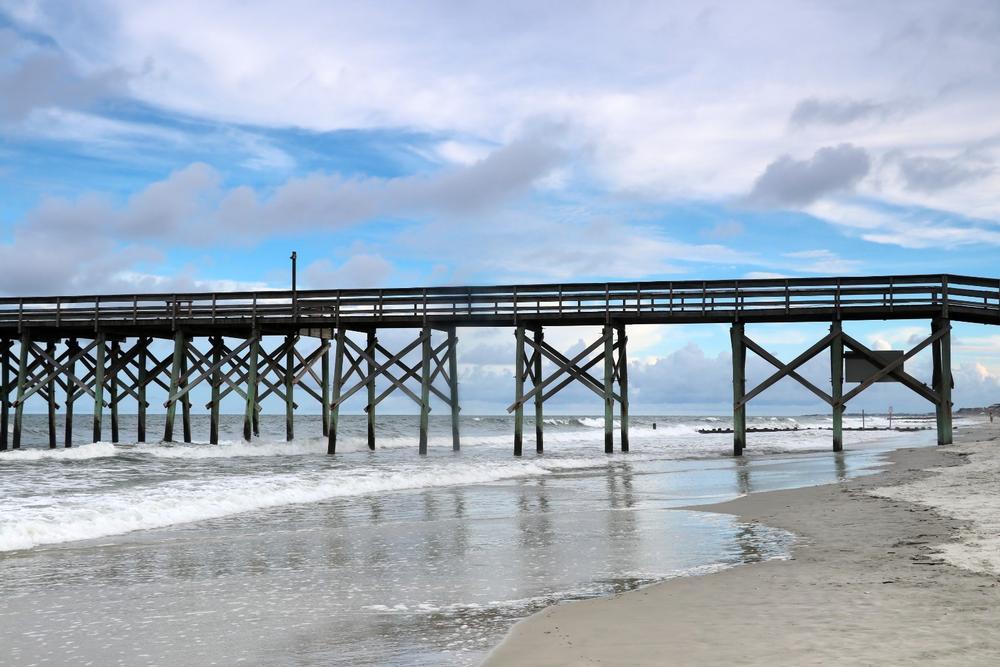
1. Pawleys Island
Pawleys Island, South Carolina, is one of those amazing hidden gems that feels like stepping into a dream. Tucked just south of Myrtle Beach, this small barrier island has some of the most peaceful vibes I’ve ever experienced.
We drove about 1.5 hours north from Charleston to Pawleys Island (population ~100 year-round), one of the oldest resort areas on the East Coast and checked into Sea View Inn for a four-night stay. Walking on the quiet streets filled with weathered beach cottages gave me such a cool sense of stepping back in time.
The beaches here are wide, soft, and uncrowded, which made it my absolute favorite spot for a weekend getaway. I could spend hours just strolling along the sand, watching the waves crash, and soaking in the laid-back atmosphere that feels so different from the busy tourist spots nearby.
I also loved that Pawleys Island felt like an affordable but truly romantic escape. Whether I was lounging in a hammock under moss-draped oaks or exploring the salt marshes, it felt magical, unusual, and unforgettable all at once. We enjoyed the variety of food here, from burgers at Rustic Table to great seafood at Chive Blossom Cafe.
During the day, you can relax on the beach, collect seashells, surf, kayak and watch romantic sunsets. There's also a great historic district, shopping at the Hammock Shops Village, nearby Brookgreen Gardens and Huntington Beach State Park just 10 minutes away.
If you’re dreaming of an underrated South Carolina getaway, this is it. Pawleys Island is vibrant in its natural beauty, yet completely quiet in its charm. For me, it was hands down one of the best places to visit in the state.
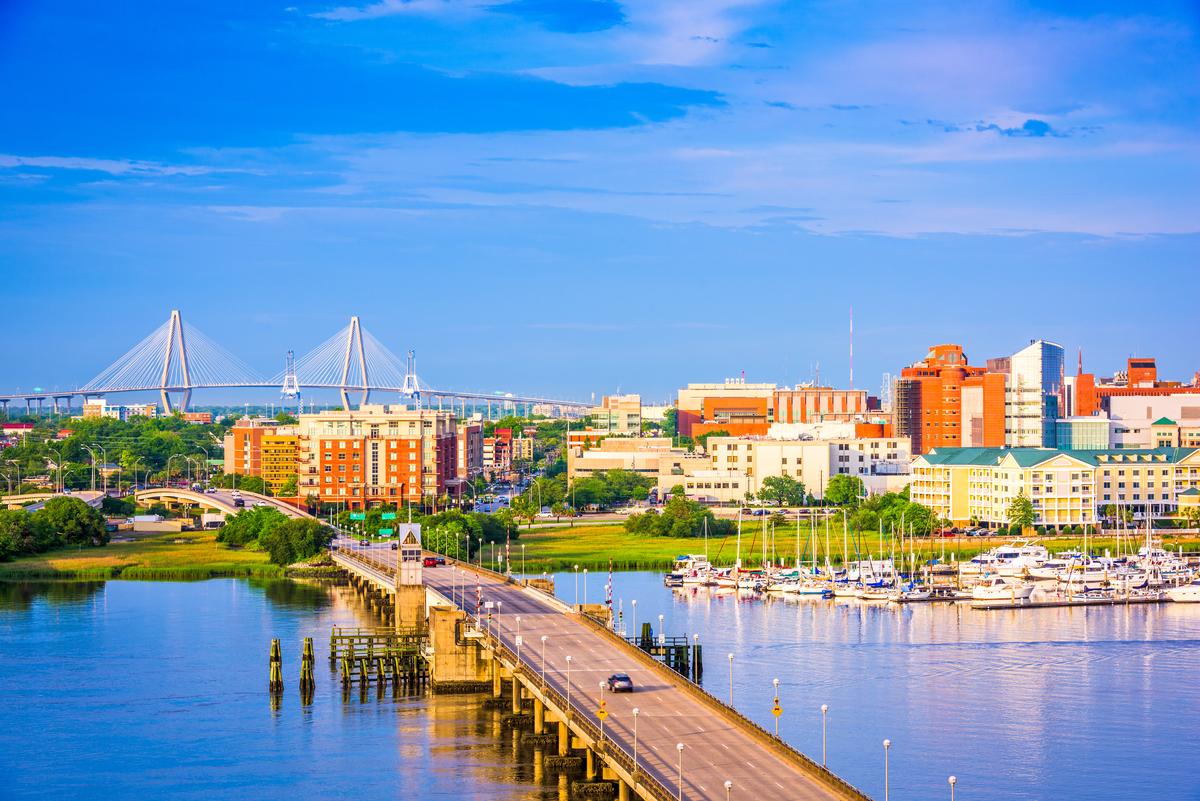
2. Charleston
Charleston is one of my favorite places in South Carolina, and I honestly think it’s one of the absolute best cities for a weekend getaway. The charm of the cobblestone streets, pastel-colored houses, and waterfront views feels like stepping into a dream, and I love how every corner of the city offers something unique and exciting.
We flew about 2.5 hours from Austin to Charleston, a city founded in 1670 and one of the South’s best-preserved historic districts. Chris, our son and I visited Fort Sumter National Monument, where the Civil War began in 1861. We checked into the Francis Marion Hotel, a 1924 landmark overlooking Marion Square.
One of the coolest things we did next day was join a Charleston Culinary Tour, and it turned out to be the best idea ever. I got to sample local flavors, meet local chefs, and hear the city’s fascinating food history. It was the perfect mix of culture and indulgence, and it really set the tone for the rest of my trip.
Dinner at Circa 1886 was another highlight, an elegant restaurant tucked inside the historic Wentworth Mansion near downtown. I felt like I had discovered an underrated treasure, with creative Southern-inspired dishes that were both modern and nostalgic at the same time.
For a joyful and more casual stop, I grabbed coffee at Bitty & Beau’s while Chris and our son were resting at the hotel. The atmosphere was warm, the drinks were great, and the story behind the shop made it even more meaningful.
Sesame Burgers & Beer gave us the coolest affordable meal of the trip, and The Darling Oyster Bar on King Street completely won me over with fresh seafood and an atmosphere that was both romantic and lively.
For me, Charleston is a brilliant blend of hidden gems and unforgettable dining experiences, making it the absolute best destination in South Carolina. We usually stay for at least 3 nights but even just a one-day trip would be great. I'm sure you will discover many experience that will speak to you and that you will love too in this great city!
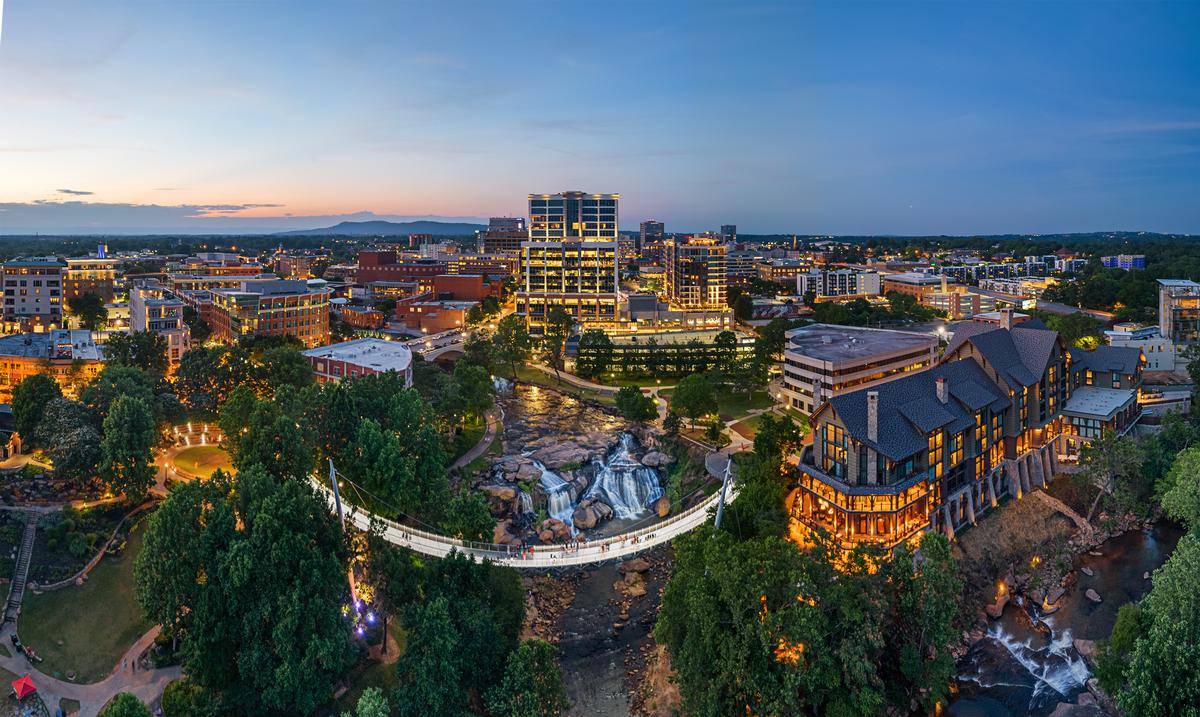
3. Greenville
We drove about 2.5 hours northeast from Atlanta to Greenville (population 72,000), a city that grew from 19th-century mills into one of the South’s fastest-growing hubs. We spent the night at the Westin Poinsett, a 1925 Beaux-Arts landmark hotel in the heart of downtown.
Greenville makes for the perfect weekend getaway because of its lively downtown felt, with its tree-lined streets, public art, and spectacular Falls Park on the Reedy right at the heart of everything. For me, it was the kind of place that blended small-town charm with a big-city vibe, which felt absolutely unique.
We had an amazing meal at Grill Marks, right near Main Street, and it was one of the absolute best burger experiences I’ve had in the South. The place had this cool, modern vibe, and the burgers were juicy, inventive, and perfectly cooked. Paired with their awesome milkshakes, it was such a ]fun stop. My son says it's definitely teenager approved. I still think about those flavors whenever I crave something indulgent!
Another spectacular stop was Jianna, a modern Italian gem perched above Falls Park. We loved the handmade pastas, the fresh oysters, and the romantic views from the rooftop patio. It felt like one of the most exceptional dining experiences in Greenville and easily became one of my favorites.
Other highlights are Paris Mountain State Park, Greenville Zoo (we visited when our son was little), Greenville County Museum of Art, Runway Park at GMU, Pitt County Arboretum and Greenville Greenway.
Between the exceptional dining, the cool Downtown, and the romantic riverside views, it’s easily one of my favorite places to vacation in South Carolina. I think it’s a city everyone should see at least once, because the magic is unforgettable.
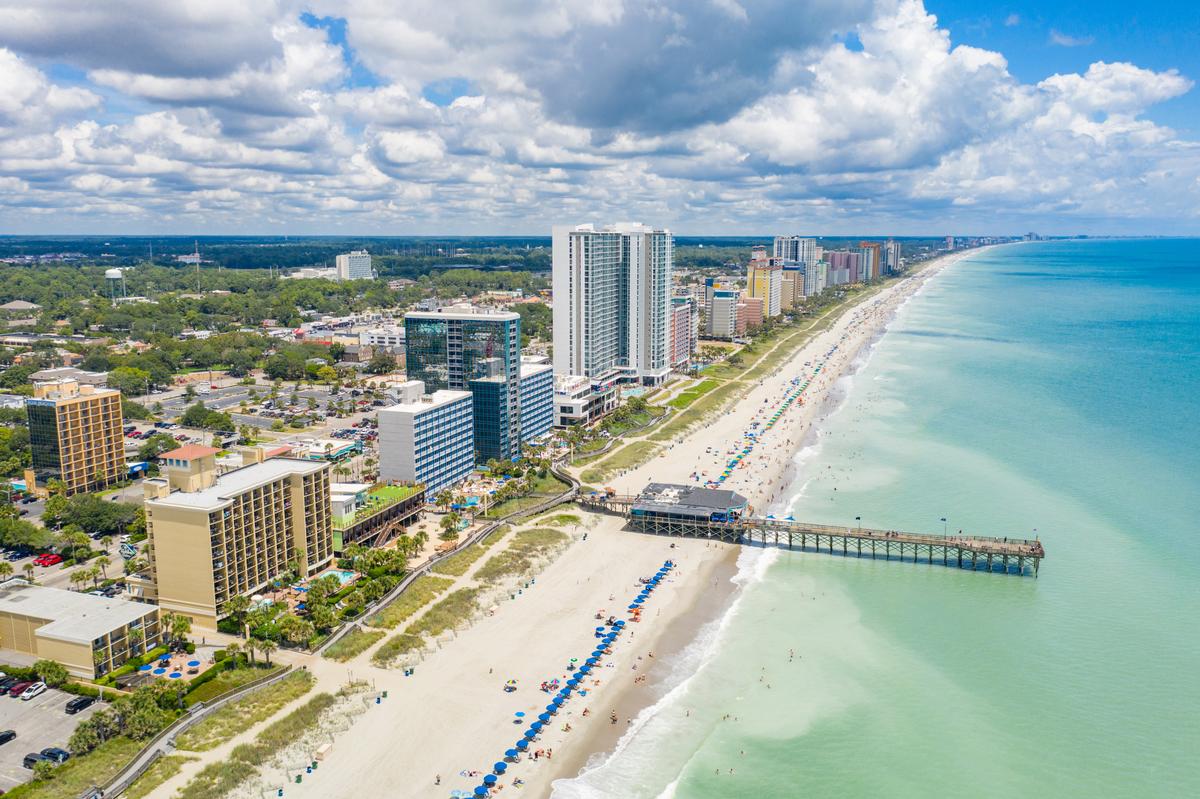
4. Myrtle Beach
I thought Myrtle Beach was the ultimate Atlantic playground with mile-after-mile of soft, sandy shoreline, lively boardwalk lights shimmering at night, rolling dunes framing the ocean, and a laid-back beach-town energy that made it feel both fun and welcoming!
Just a quick 15-minute drive from the airport, we checked into the stylish Marina Inn at Grande Dunes which is also one of my favorite romantic weekend getaways in South Carolina. The atmosphere was breezy and playful. Dining at the renowned Sea Captain’s House was great too!
We wandered down the bustling Myrtle Beach Boardwalk where the smell of saltwater taffy and funnel cakes drifted through the air, took in sweeping ocean views from atop the SkyWheel, strolled through the botanical wonderland of Brookgreen Gardens. You can kayak on the peaceful Waccamaw River under the shade of cypress trees, and browse the boutiques and waterfront dining spots at Broadway at the Beach.
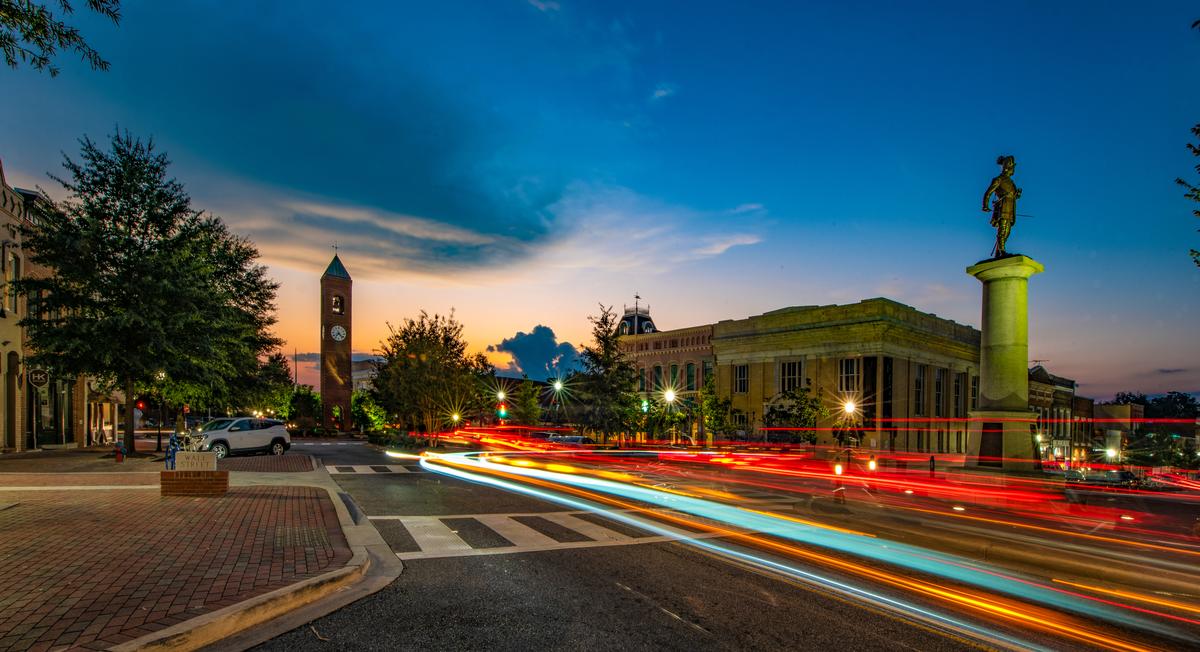
5. Spartanburg
Spartanburg was a vibrant Upstate Carolina gem with tree-lined streets, historic red-brick mills, art splashed across downtown murals, and the gentle Blue Ridge foothills on the horizon gave it a soulful, Southern character that immediately drew me in!
Just a short 30-minute drive from Greenville, I settled in for a few days at the sleek AC Hotel by Marriott overlooking Morgan Square. The pace was relaxed yet full of surprises. I explored the charming downtown filled with indie coffee shops and galleries, biked along the leafy Mary Black Rail Trail, learned about the city’s textile heritage at the Spartanburg Regional History Museum, admired the outdoor sculptures at Chapman Cultural Center, and drove out into the countryside where peach orchards and rolling hills framed the horizon.
I recommend dining at The Kennedy. All three of us loved its modern, creative spin on Southern flavors, the artful presentation of small plates like crispy pork belly with sorghum glaze, and the cozy, stylish vibe that made it feel both intimate and fresh.
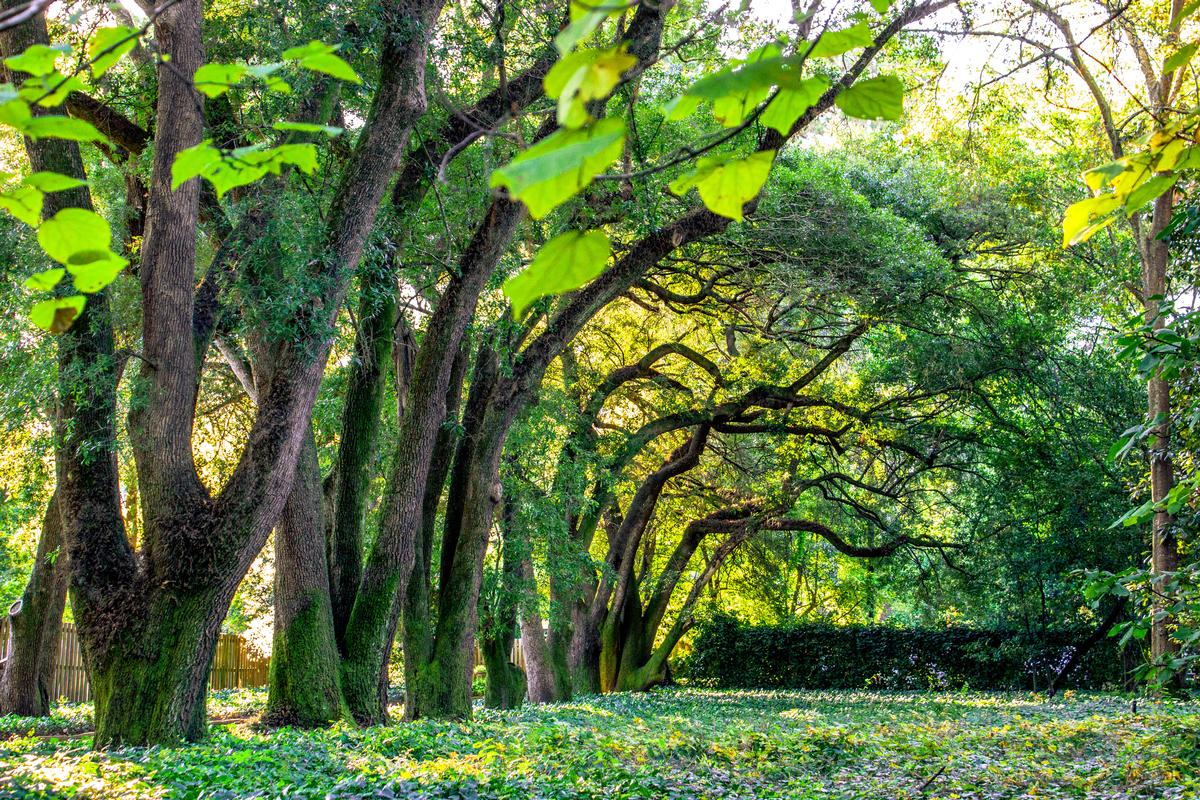
6. Aiken
I thought Aiken was a picture-perfect Southern retreat — shaded streets lined with live oaks, grand historic mansions, lush equestrian fields, and a timeless downtown brimming with charm gave it an air of elegance that instantly transported me back to the golden age of the South!
Just a 25-minute drive from Augusta, I checked into the historic Willcox Hotel, a gracious 19th-century inn where gilded chandeliers and fireplaces set a cozy, refined mood. Life here moved at an unhurried pace. We strolled through Hitchcock Woods, admired the horse-drawn carriages, wandered through downtown’s Laurens Street, and explored Hopelands Gardens.
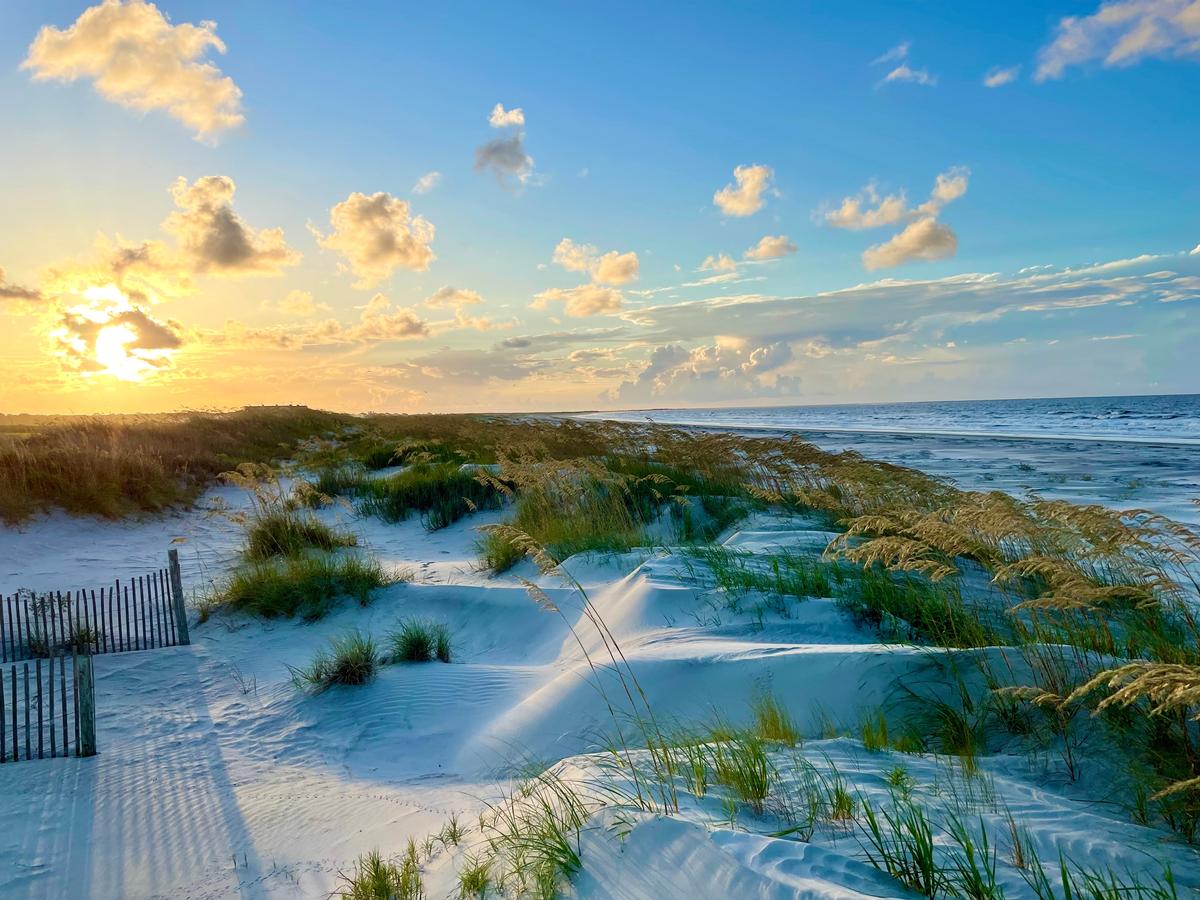
7. Kiawah Island
I thought Kiawah Island was an absolute Lowcountry sanctuary with wide stretches of pristine beach, twisting live oaks draped in Spanish moss, tidal creeks alive with herons and dolphins, and an atmosphere of quiet luxury that made it feel worlds away from the everyday!
We drove about 45 minutes southwest from Charleston to Kiawah Island (population 2,000), once home to Native peoples and later rice plantations before becoming a modern resort community. We spent the night at The Sanctuary at Kiawah Island Golf Resort, a grand oceanfront hotel designed in Lowcountry mansion style.
The pace here was blissfully serene. I biked along shaded trails that wound through maritime forest and salt marsh, walked barefoot on the seemingly endless 10-mile beach at sunrise, kayaked through glassy tidal waterways, and browsed the charming shops and galleries at nearby Freshfields Village.
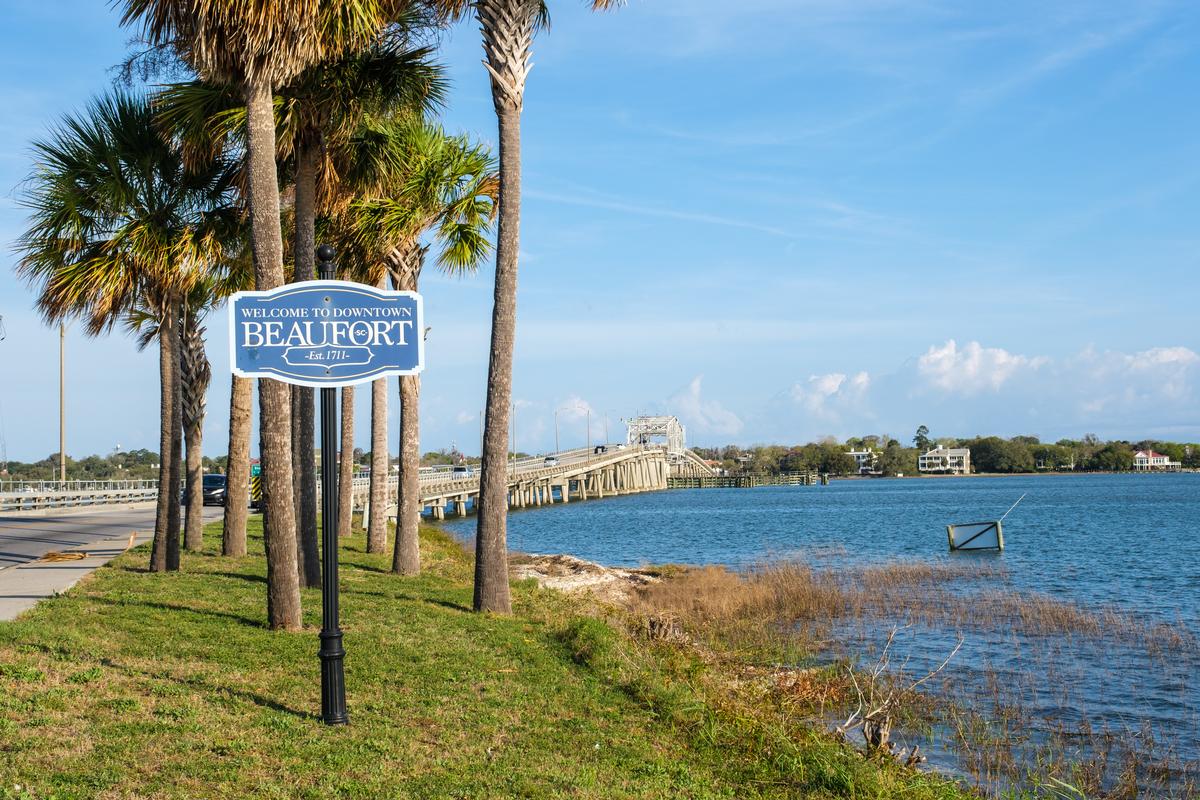
8. Beaufort
If you have time for just one Lowcountry destination, go for Beaufort! It has antebellum mansions shaded by moss-draped oaks, a breezy waterfront lined, tidal rivers, and a charming historic district that felt like stepping straight into a Southern novel!
We drove about 1.5 hours southwest from Charleston to Beaufort (population ~13,500), founded in 1711 and one of the South’s best-preserved historic towns. We spent two nights at the Anchorage 1770 Inn, a waterfront tabby concrete mansion turned boutique inn.
Life here was beautifully unhurried! I strolled along the Henry C. Chambers Waterfront Park, wandered past pastel-colored homes and ironwork balconies on Bay Street, explored the Gullah heritage at Penn Center on nearby St. Helena Island, and spent golden afternoons watching sunsets.
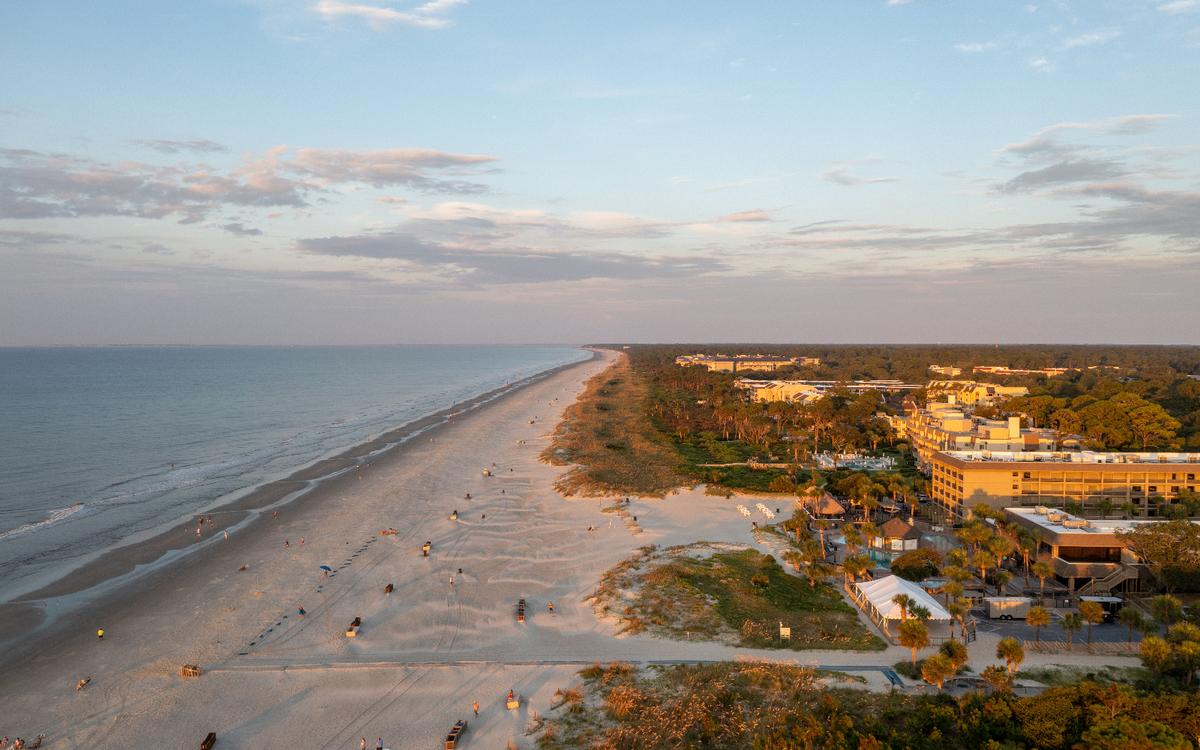
9. Hilton Head
I thought Hilton Head was the epitome of a refined coastal escape with miles of wide, sandy beaches perfect for biking, shaded pathways weaving through maritime forest, tidal creeks alive with egrets and dolphins, and an understated elegance that balanced natural beauty with laid-back luxury.
We drove about 1 hour northeast from Savannah to Hilton Head Island (population 40,000). We spent the night at the Inn & Club at Harbour Town, a refined boutique hotel inside Sea Pines Resort.
I explored the charming Harbour Town, and lingered over evenings at Shelter Cove Marina where live music drifted across the water.
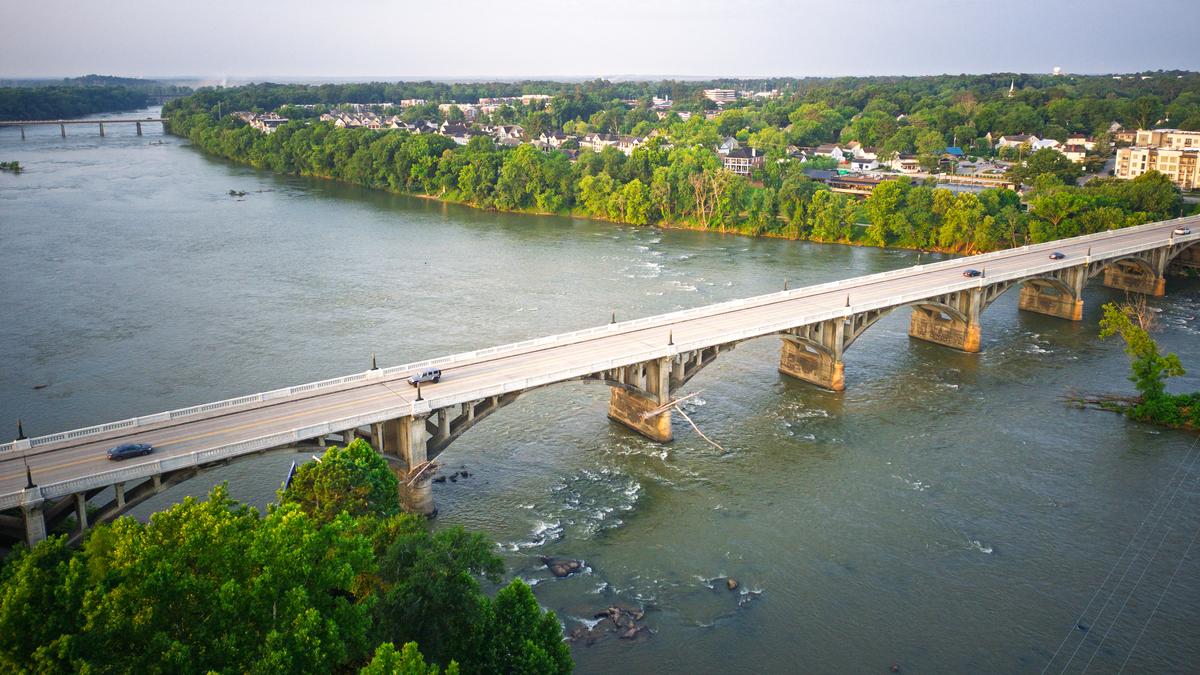
10. Columbia
We drove about 1.5 hours south from Charlotte to Columbia (population 137,000), South Carolina’s capital since 1786. Just a 20-minute drive from the airport, I checked into the boutique Hotel Trundle, a stylish art-deco gem in the heart of Main Street.
Columbia, the capital of South Carolina, is one of those underrated gems that always surprises me with its mix of history, culture, and vibrant energy.
I loved how it felt both exciting and laid-back at the same time, making it the perfect destination for a weekend getaway.
One of my favorite experiences was joining Columbia Food Tours, which turned out to be the absolute best way to discover the city’s culinary side. It felt like a joyful mix of flavors and history, and I thought it was such a brilliant idea for first-time visitors.
I also had a great time exploring The Vista, wandered on the riverfront trails at the Three Rivers Greenway, and visiting the South Carolina State House and its beautiful grounds right in the heart of downtown.
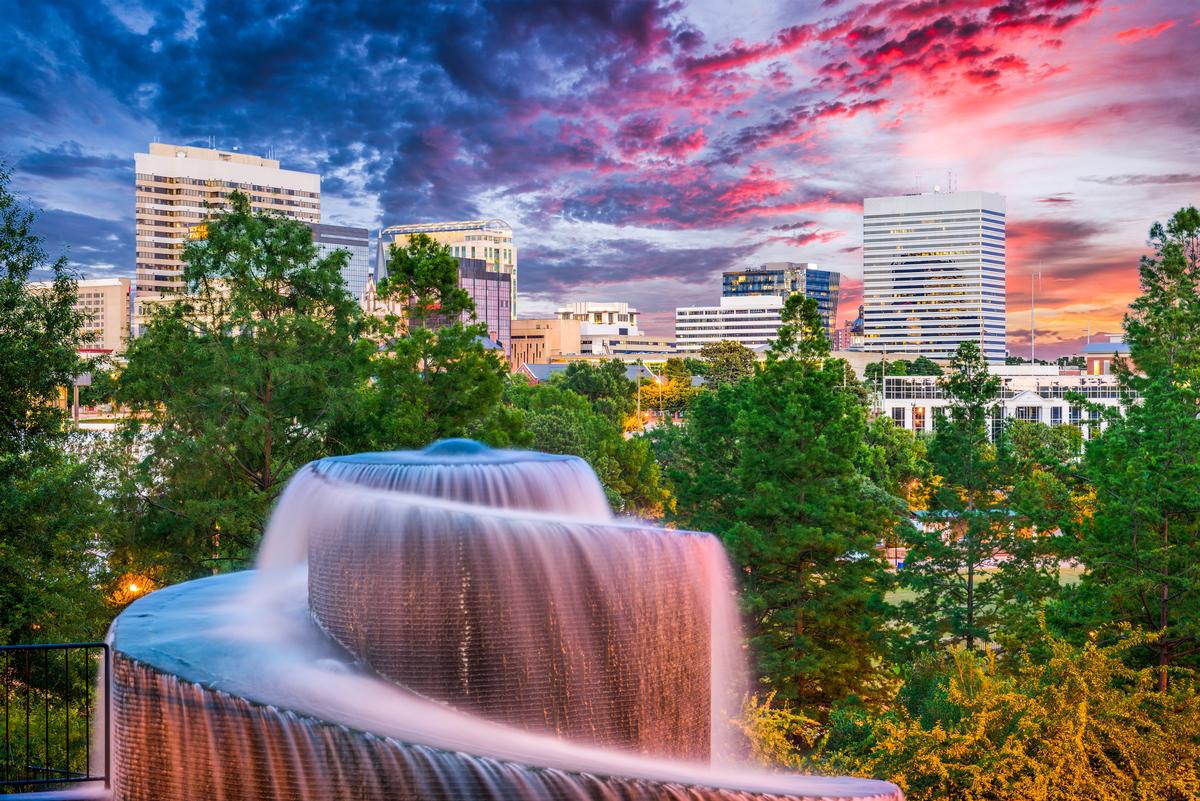
Conclusion
What I love most about South Carolina is the variety, each city and town has its own magic, hidden gems, and unforgettable experiences.
For me, traveling through South Carolina has always been about the joy of discovering something new, the flavors I still think about long after the trip, and the moments I captured in my photos that remind me how special each stop really was. Whether you’re looking for an affordable family getaway, a romantic escape, or an exciting foodie adventure, South Carolina has it all.
Every time I visit, I come away with a new favorite, a fresh story to share, and a reminder that the Palmetto State is filled with the absolute best kind of surprises.
More to explore...
Booking Checklist
1. Book Your Flight - I use Expedia because I like their mobile app with my itinerary. They've helped me re-book flights on many occasions. Once you reach their Gold tier, support is especially good.
2. Book Your Hotel - I use Booking.com or Expedia, depending on my destination.
3. Book Your Rental Car - I use Expedia.
4. Book your tours on Viator or Get Your Guide.
